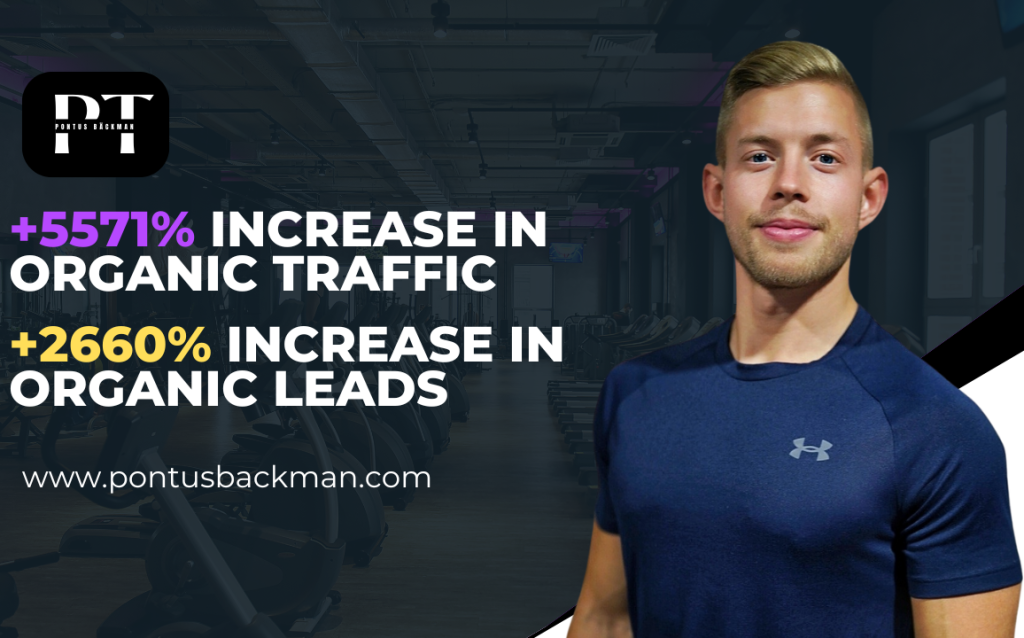AI Overview and ChatGPT are different types of AI tools serving distinct purposes. AI Overview provides search-integrated summaries that appear directly in Google search results, while ChatGPT is a conversational AI platform designed for interactive dialogue. AI Overview pulls from current web content to answer search queries, whereas ChatGPT engages in back-and-forth conversations using its training data and web browsing capabilities.
What is Google’s ai overview and how does it actually work?
Google’s AI Overview is a search feature that generates AI-powered summaries directly within search results pages. It scans web content to provide quick, comprehensive answers without requiring users to click through to individual websites.
The system works by performing what’s called a “query fan-out” process. When you search for something, AI Overview doesn’t just look at your exact question. Instead, it generates dozens or even hundreds of related sub-queries to build a comprehensive understanding of what you’re really asking about.
AI overviews select content based on specific criteria. They prioritise pages that already rank well organically, content with short and direct definitions near the top, and posts using step-by-step formatting like numbered lists. The system also favours pages with schema markup for FAQs and definitions, plus sites showing clear author information and publication dates.
What makes this particularly interesting is that your content can appear in AI overviews even without ranking number one in traditional search results. The key is having well-structured, clearly formatted information that the AI can easily extract and summarise.
What’s the main difference between ai overview and chatgpt?
The fundamental difference lies in their core purpose and interaction model. AI Overview provides instant search summaries integrated into Google results, while ChatGPT offers conversational AI interactions through a dedicated chat interface.
AI Overview operates as part of Google’s search ecosystem, pulling fresh information from recently indexed web pages to answer specific search queries. It’s designed for quick information retrieval, appearing automatically when Google determines a query would benefit from an AI-generated summary.
ChatGPT functions as a conversational partner where you can ask follow-up questions, request clarifications, and engage in extended dialogue. Modern versions can browse the live web for up-to-date information, but the primary experience centres around interactive conversation rather than search integration.
The data sources also differ significantly. AI Overview draws from Google’s vast index of web content, prioritising recently crawled and authoritative sources. ChatGPT combines its training data with real-time web browsing capabilities when needed, but operates independently from traditional search engine infrastructure.
User interaction patterns vary as well. AI Overview serves users who want immediate answers to specific questions within their search workflow. ChatGPT attracts users seeking detailed explanations, creative assistance, or complex problem-solving through conversational exchange.
How does ai overview impact traditional search results?
AI Overview significantly reduces click-through rates to traditional search results. Research analysing 300,000 keywords found that when Google shows an AI Overview, the top-ranking page experiences a 34.5% drop in average click-through rate compared to similar results without AI overviews.
This shift represents what some call “zero-click search” behaviour. About 75% of queries now get answered without users leaving Google, fundamentally changing how people interact with search results. Instead of clicking through to websites, users often find their answers directly in the AI-generated summary.
The positioning of AI overviews at the top of search results pushes traditional organic listings further down the page. This means even well-ranking content receives less visibility and fewer clicks than before. Websites that previously enjoyed strong traffic from top search positions now compete with Google’s own AI-generated answers.
However, this creates new opportunities for content creators. Being cited within an AI Overview can provide significant exposure, even if it doesn’t generate direct clicks. Your brand and expertise get showcased to users who might not have discovered your content otherwise.
The impact varies by query type. Informational searches see the biggest reduction in click-through rates, while commercial and navigational queries maintain more traditional clicking patterns. Understanding these differences helps you adapt your content strategy accordingly.
Which ai tool should you use for research and content creation?
Choose AI Overview for quick fact-checking and initial research when you need immediate, source-attributed answers. Use ChatGPT for detailed content creation, brainstorming, and complex analysis requiring conversational interaction and follow-up questions.
AI Overview excels when you’re looking for specific information with clear sources. It’s perfect for checking statistics, finding definitions, or getting overviews of topics where you want to see where the information comes from. The source attribution helps you verify credibility and dive deeper into original content when needed.
ChatGPT shines for creative and analytical tasks. It’s your go-to tool for writing assistance, generating ideas, explaining complex concepts in different ways, or working through multi-step problems. The conversational nature lets you refine your requests and explore topics from multiple angles.
For research workflows, consider using both tools complementarily. Start with AI Overview to gather factual information and identify reliable sources, then use ChatGPT to analyse findings, generate insights, or create content based on your research.
Content creators often find ChatGPT more valuable for actual writing tasks, while AI Overview serves better for fact-checking and finding supporting evidence. The key is matching the tool to your specific need rather than trying to force one tool to handle everything.
What are the accuracy and reliability differences between these ai systems?
AI Overview generally provides more reliable source attribution since it links directly to the web pages used for generating summaries. ChatGPT offers more detailed explanations but may not always provide clear source references for its information.
The freshness of information differs significantly between these systems. AI overviews draw from recently crawled web content, often less than a day old, giving you access to current information. ChatGPT’s responses may come from training data that’s months old, though newer versions can browse the web for up-to-date information when specifically requested.
Source verification presents different challenges with each tool. AI Overview shows you exactly which websites contributed to the answer, making it easier to verify claims and explore original sources. ChatGPT may provide accurate information but doesn’t always specify where particular facts originated, requiring additional verification steps.
Both systems can exhibit biases, but in different ways. AI Overview reflects the biases present in the web content it summarises, which can vary based on which sources rank well for particular topics. ChatGPT’s responses reflect biases from its training data and may show consistency biases where it maintains certain viewpoints across conversations.
For critical decisions, treat both tools as starting points rather than final authorities. Cross-reference important information from multiple sources, especially when the stakes are high for your business decisions.
How do businesses need to adapt their seo strategy for ai overview?
Businesses must shift focus from traditional keyword ranking to creating structured, easily digestible content that AI can extract and summarise. This means prioritising clear formatting, direct answers, and comprehensive topic coverage over keyword density.
Content structure becomes crucial for AI overview visibility. Create content with short, direct definitions near the top of your pages. Use step-by-step formatting with numbered lists and bullet points. Implement schema markup for FAQs, definitions, and how-to content to help AI systems understand and extract your information.
The concept of Generative Engine Optimization (GEO) is emerging alongside traditional SEO. While SEO focuses on ranking in search results, GEO focuses on being included in AI summaries and direct answers. This requires content that’s structured, concise, and easy for AI to break into smaller, quotable pieces.
Author credibility and expertise signals matter more than ever. Include clear author information, publication dates, and expertise indicators. AI overviews favour content from sites demonstrating experience, expertise, authoritativeness, and trustworthiness (E-E-A-T).
Monitor your brand’s presence across AI platforms, not just traditional search rankings. Track how often your content gets cited in AI overviews and work to optimise for “Share of Answers” across multiple AI platforms. The goal shifts from driving clicks to earning citations and mentions in AI-generated responses.
Remember that technical SEO fundamentals still matter. Ensure your site can be properly crawled and indexed, as AI systems rely on this same foundational infrastructure to discover and understand your content.





